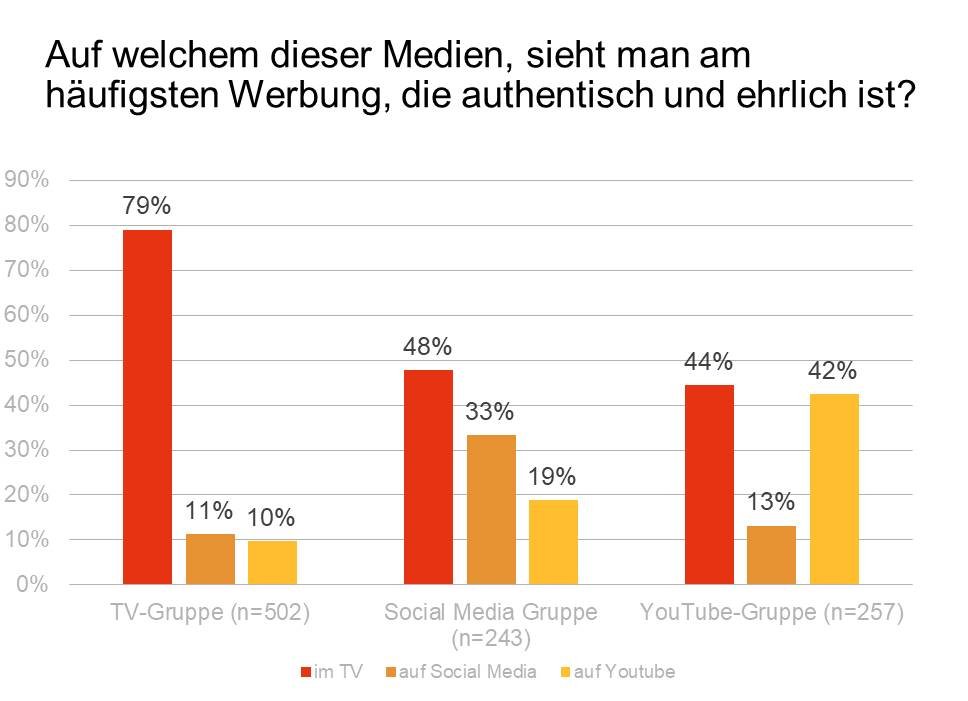Screenforce study: Digital natives believe TV advertising
The Swiss Screenforce study shows that young adults between the ages of 16 and 29 not only perceive TV advertising particularly strongly - they also place great trust in the content of this advertising. And this is despite the fact that they also use other video channels intensively.

Consumption of moving images is changing: Today, users watch their favorite series not only when and where they want, but also on the channel that suits them at the time. This change in usage habits automatically leads to a fragmentation of advertising channels. The big challenge for advertisers is to maintain an overview here. Today, some marketing departments are rightly asking themselves how and where the advertising budget should be invested. In this context, it is worth asking on which moving image channel the desired effect is achieved and the advertising message sticks.
The big challenge for advertising planners is the poor comparability of advertising effectiveness KPIs. Leads, conversions, last-click attribution or recall can hardly be lumped together in one and the same pot. Branding effects are often completely left out of the equation. A comparison of advertising perception on the different platforms is a good idea.
TV "reaches the young most effectively"
In addition to TV, Netflix, YouTube, Instagram and Facebook play an important role in the everyday lives of young adults aged 16-29. The Swiss Screenforce study* asks how digital natives perceive advertising on these different channels.
If you ask this generation where they perceive video advertising at all, TV comes out on top. Half of the respondents say they see advertising mainly on TV. In contrast, the perception of video advertising on YouTube is around a quarter, and the remaining 25 percent are distributed across Instagram and Facebook.
TV advertising "tells a story best"
Of course, advertisers are not only interested in whether their advertising is perceived at all, but also how it is perceived, whether the advertising triggers something in the person watching it. Here, too, TV comes out on top in the Swiss Screenforce study. 91 percent of the people surveyed who see advertising primarily on TV say that the quality of advertising on TV is the highest compared to the other channels. 78 percent of these people believe that advertising on TV tells a story. 79 percent believe the advertising on TV because they say that TV advertising is authentic and honest compared to advertising on the other channels.
"Greater credibility on TV"
If we now ask which companies are rated as credible, the following results stand out: Companies that drive TV advertising are basically rated as credible by many. 38 percent of young adults subscribe to this. Whereas companies that run ads on YouTube are rated as untrustworthy by 45 percent of respondents.
* Screenforce Switzerland Study 2019, basis: n=1004 respondents aged 16-29 The representative survey was supplemented with qualitative individual explorations (n=18). The answer options were derived by the research institute from the qualitative part of the study. In addition to TV, Facebook, Instagram, Facebook and YouTube are perceived as moving image media. Other channels, such as video on news sites, are not yet perceived as a channel of moving image. The study was conducted by the research institute "Happy Thinking People".










